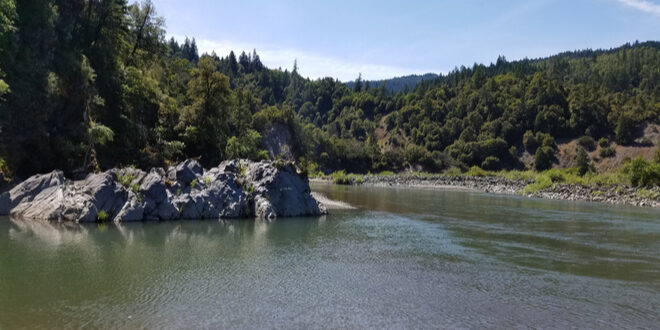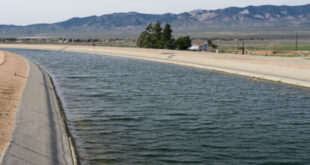The Bureau of Reclamation began restoration flows on the Trinity River last week. Each year, the Trinity Management Council advances a flow schedule based on the expected amount of water available to support salmon restoration efforts on the Trinity River.
This year’s flow schedule includes increased winter base flows and day-to-day flow variability, both key components of natural rivers. These components are important for increasing food and habitat for juvenile anadromous fish — fish that migrate to fresh water from salt water to spawn — like salmon and steelhead.
February’s increased baseflows are based upon the state of California’s preliminary prediction of a dry water year for 2023, one of five water year types used by the Trinity River Restoration Program to determine how much reservoir water will be released in support of the program’s goals to improve habitat for anadromous fish. The increased winter baseflows implement a science-based shift in the timing of the Trinity River Restoration Program’s annual water allocation relative to previous years but does not change the total amount of water that will be released from Trinity Lake during this water year.
Key components of the flow release schedule are:
- Feb. 15-March 14: Increase daily average flows from 300 cubic feet per second to as high as 1,000 cfs, with day-to-day fluctuations in average flow.
- March 15-April 14: Maintain variable baseflow levels if the state of California’s March water year forecast remains dry or drier; increase baseflows if forecast is normal or wetter.
- April 15: Implement a spring snowmelt restoration release with remaining water allocation based on the April water year forecast.
Visitors near or on the river can expect river levels to increase during the flow releases and should take appropriate safety precautions. Landowners are advised to clear personal items from the floodplain prior to the releases.
A daily schedule of flow releases is available at www.trrp.net/restoration/flows/current/.
 California Water News Daily Your Source For Water News in California
California Water News Daily Your Source For Water News in California


